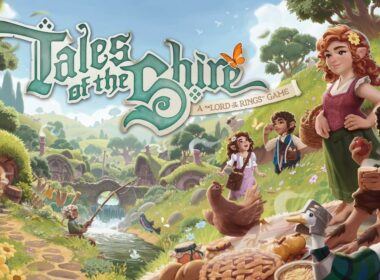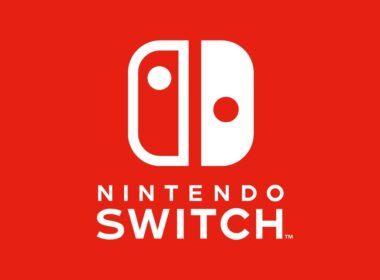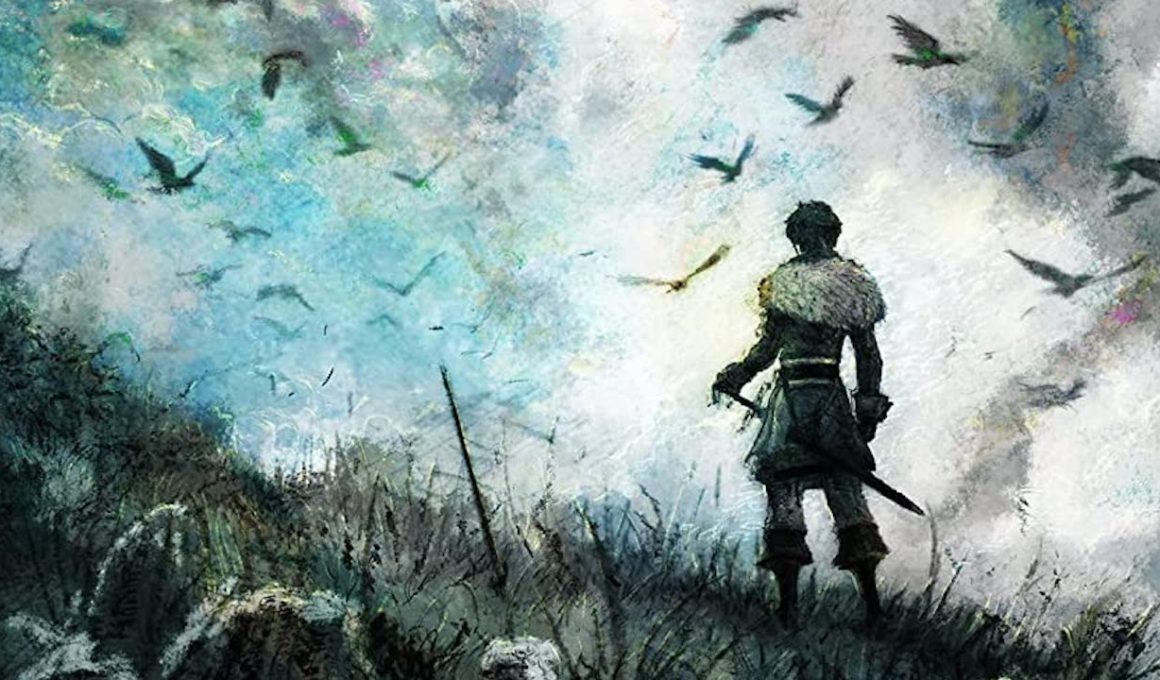Triangle Strategy is magnificent. With genre staples such as the rightly revered Final Fantasy Tactics and Ogre Battle series in dormancy, Square Enix has whirred up its HD-2D engine for the second time. Where Octopath Traveler had somewhat divisively delivered a role-playing experience explored through eight characters’ separate stories, Triangle Strategy is more deep-rooted in the traditions of what many will have come to expect from the tactical RPG genre. That isn’t to say that it’s free from more modern experimentation. But, more on that later.
Set in Norzelia, three nations rule over the faraway realm – each controlling a precious resource. The Kingdom of Glenbrook is known for its flourishing trade, the Grand Duchy of Aesfrost is situated above rich veins of iron, and the Holy State of Hyzante harvests salt from a lake at its centre. In the past, tensions from minor disputes and skirmishes led to what became known as the Saltiron War, but we find the story picking up some thirty years after that bloody conflict.
That sets the scene, with players cast as the fiercely loyal Serenoa, heir to House Wolffort who are known for their military might and serve as Glenbrook’s vassal, who is not only set to become lord – succeeding his father due to his deteriorating health – but who is betrothed to marry Frederica from the Grand Duchy of Aesfrost to strengthen the ties between their two nations. As if it were torn pages from George R. R. Martin’s A Song of Ice and Fire series, it won’t come as a particular surprise to learn that the story progressively becomes more turbulent as political drama unravels and there are unexpected twists to make sure that your interest never wavers.
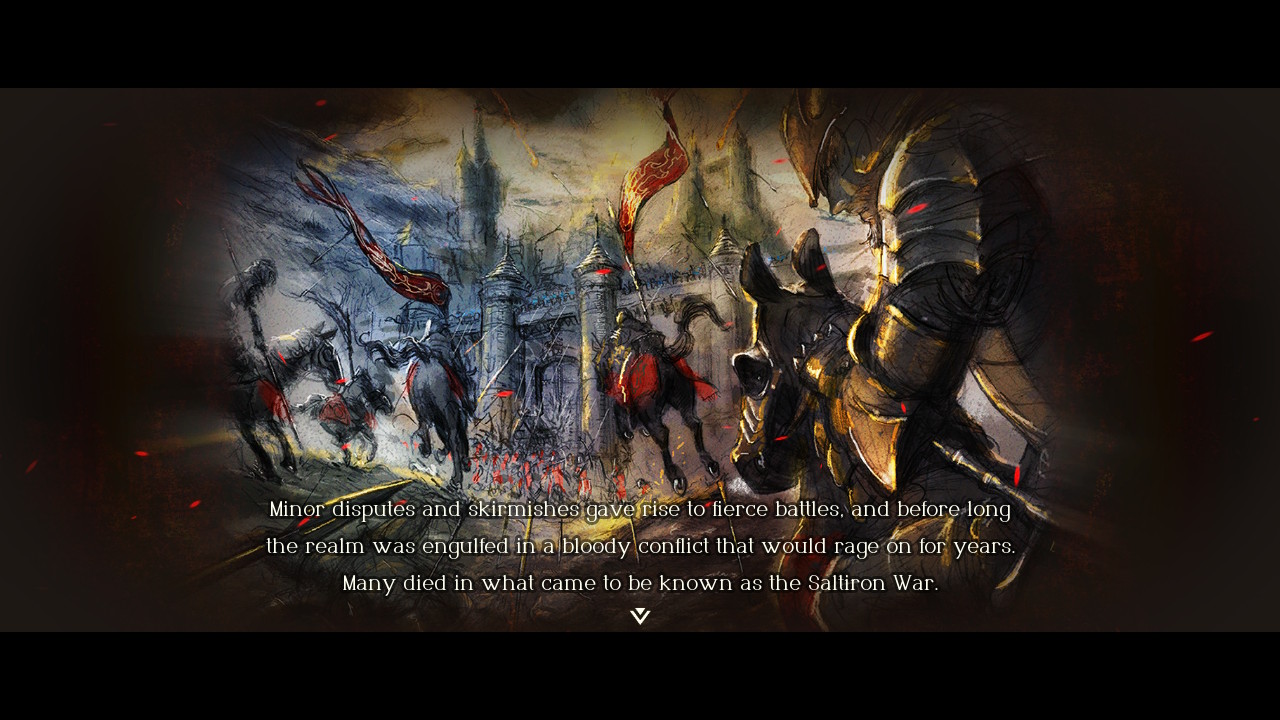
It was hard not to become invested in Norzelia and to want to learn more about those that call it home. Even from the opening chapter alone, there is no time wasted in introducing you to the game’s many characters and the tentative spats between their nations. It certainly felt overwhelming at first to remember who’s who and what their motives are, but, after a few chapters, my brain had constructed a mindmap to connect the dots. It helped that there is the option to view a brief profile window about whichever character is speaking, so you needn’t fret if you’re worried that someone will reappear that you have completely forgotten about and won’t be able to refresh your memory.
Having seen the game through to witness two of its multiple endings, the clearest impression that I was left with is that Triangle Strategy is a wondrously story-rich game. That can be seen as both a blessing and a curse. Those that want to engross themself in the world that the teams at Square Enix and Artdink have meticulously crafted will rejoice at the chance to learn more about those that exist within it and pore over the in-game War Chronicle – in which you can read gathered notes and extracts from books that further breathe life into its fantasy setting. But, there is an imbalance.
It’s clear that so much dedicated effort has been concentrated on the game’s worldbuilding and overarching narrative, that I soon started to realise that most of my time was spent passively watching cutscenes unfold rather than barking commands on the battlefield. This stood out as it isn’t something that I have felt so prominently within the genre in recent years. While ultimately by the game’s conclusion it wasn’t a dealbreaker for me, there will be those booting Triangle Strategy up for the first time who will expect more than one – but sometimes two – battle encounter to conquer in each of the game’s chapters. The developer has seemingly looked to counter me making such criticism with optional Mental Mock Battles that can be accessed from the Tavern in your Encampment, often posing more unique challenges and objectives for you to overcome compared with the encounters that you will be faced with as part of the main storyline progression.
That’s not to say that the story isn’t worth the price of admission. Sure, it has its handful of head-scratching moments, but it is often heartfelt and well-considered in its direction and the voice actors make the most of the material given to them to portray their respective characters admirably. Meanwhile, composer Akira Senju has penned a rousing soundtrack that will stir excitement in even the most unemotive player.
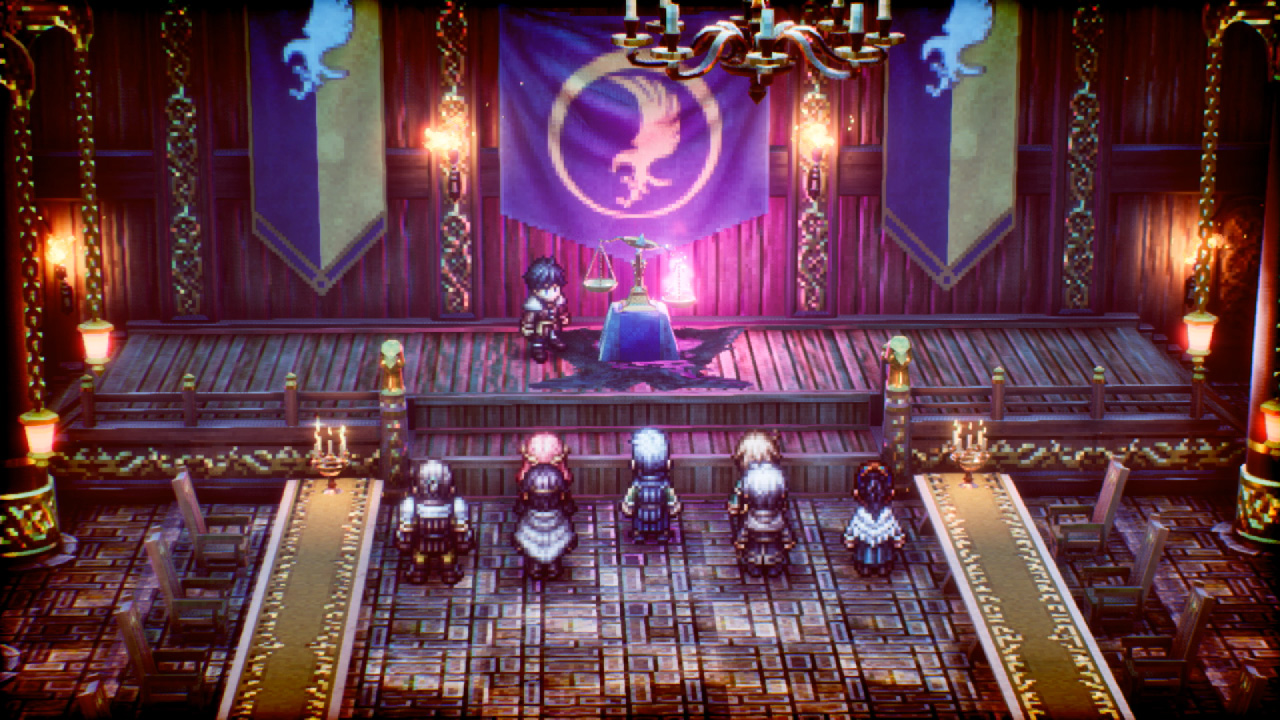
It is through the Scales of Conviction that the developer has looked to differentiate the experience, a simple contraption that your companions use to democratically cast their votes to determine which branching path to take when faced with one of the game’s many pivotal plot points. These start out as two-way choices, but this expands to three options to deliberate over later in the game. The idea finds some success, but the implementation is imperfect.
You will see that your band of characters have either already chosen how they want to vote or remain undecided. As Serenoa, you can attempt to use your powers of persuasion to influence their decision and sway them to vote in the way that you want them to. This isn’t straightforward and you aren’t always successful – the game often requiring that you speak to nearby NPCs to glean information about whatever situation has unfolded to unlock otherwise inaccessible dialogue options. That Serenoa doesn’t get to cast his own vote still seems strange to me, but, what became more bothersome was that there were instances where I had to reload my save multiple times to get the outcome that I wanted to pursue. There was even one vote later on where it felt impossible for the story to follow the branching path that I had wanted to take. I gave up after nearly an hour and reluctantly made a different choice.
There’s also a notification that will regularly pop up in the corner of your screen indicating that “Serenoa’s convictions have been strengthened,” based on your actions or choices in both battles and general conversations. However, the impact that this has on your progression isn’t sufficiently explained until you unlock the New Game+ mode after Triangle Strategy’s credits have wrapped up. While your units, items, information and notes carry over, a key change is that you are shown how your interactions will impact Serenoa’s conviction values – which are broken down under Morality, Utility and Liberty statistics.
In New Game+, the game is much clearer about what influences these and, to be honest, I don’t know why it wasn’t made this transparent in your first playthrough. However, from what I can tell, it only really impacts which characters you will encounter and recruit through Side Stories – more optional cutscenes that can broaden your party options on the battlefield but I’m certain that this will be content that some players may not realise how significant it can be to view.
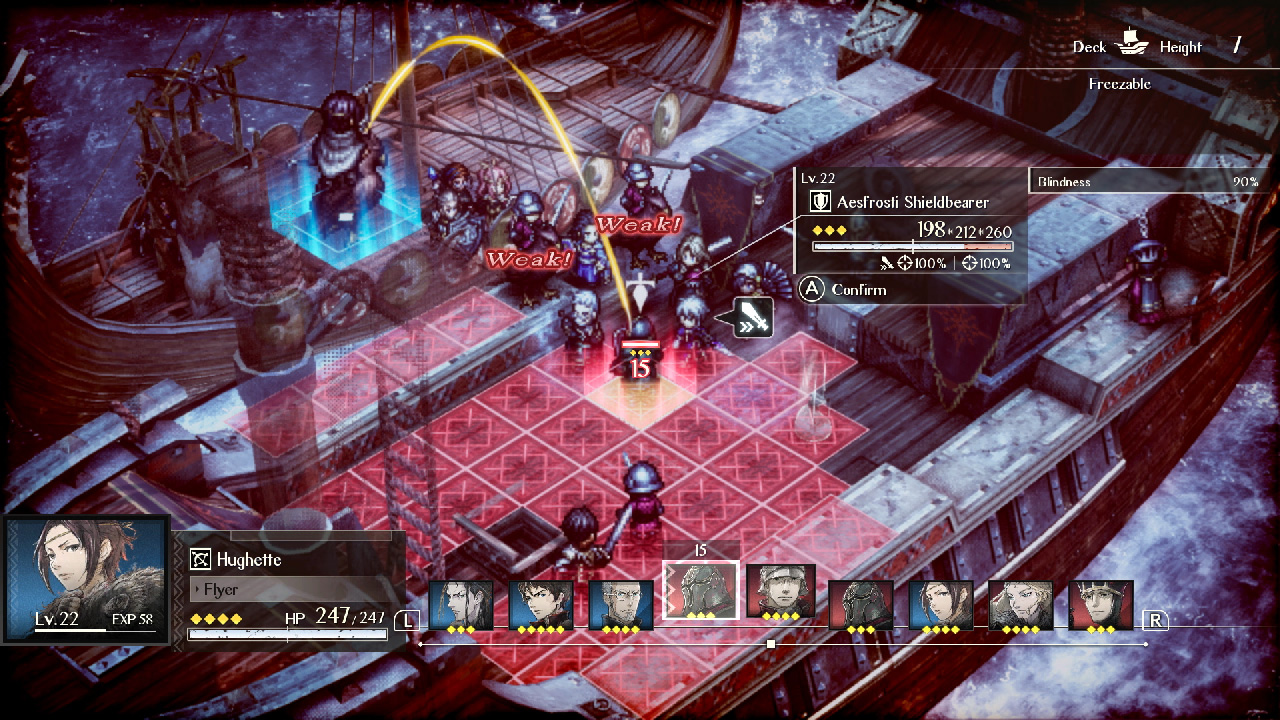
And so to the battles. Triangle Strategy offers four difficulty options ranging from Very Easy which is recommended “for those who are not comfortable with tactical games or players who want to enjoy the story without getting stuck,” to Hard that caters to “tactical game experts or players who wish to immerse themselves in the thrill of battle.” I went with Normal and largely had no trouble in overcoming the encounters, aside from a few that I had to take a second shot at – the advantage being that you retain any experience that your characters earn even if you are defeated.
Battles feel familiar but continue to demonstrate ideas of their own. At the base of the screen, a timeline shows the turn order and which unit will get the chance to act next. This can be influenced by attacks and spells such as Delaying Strike or Haste, but the game’s turn-based nature will hold fewer surprises for veterans of the genre. The grid-based movement will show whether your character is free from harm (blue panels) or threatened as they are within attacking distance (purple panels), and then what your unit’s attack range is (red panels). The red lines that will soon start connecting from enemy units to yours will indicate that they are at risk of being attacked, not that they have definitely drawn aggro.
You can approach these encounters however you wish, but you will want to consider the positioning of your units. If an enemy is hit with a physical attack, an ally on the opposite side of an enemy can perform a follow-up attack to deal additional damage. This is the same for your enemies. There are also weaknesses and resistances to take into account, as well as terrain effects such as frozen squares hampering movement or those that are ablaze damaging your units passing through them. Even the terrain’s height has a part to play, with archers and spellcasters increasing their range once they move into an advantageous position. Hughette quickly became one of my favourite characters for this, as taking flight with her hawk allowed her to move around the battlefield rapidly – whether to attack or retreat from danger.
If a battle isn’t going in your favour, you can turn to Quietuses to help. These require Quietus Points (QP) and can be used once per battle, which, with more unlocked over time in your Encampment from spending the Kudos that you earn in the Sundry Shop, can let you heal, revive a fallen unit, switch out a party member for another, guarantee a critical hit and more.
It is probably unsurprising to state that battles become more exciting as the game progresses. Not only do the stakes become higher, but your characters level up, gain access to new skills and there’s the chance to upgrade their weapons, promote them to more powerful classes and unlock stat bonuses. There’s enough depth here for those that want it, enough breadth to strengthen the party that you want to focus on and, without permadeath, there’s no risk that your tinkering will go to waste. I wasn’t able to fully upgrade every character from one playthrough, so there is a clear expectation that you’ll be ploughing through (the tougher) New Game+ to do so.
Triangle Strategy is within reach of strategic perfection, even if some of the efforts that have been made to set it apart falter. Square Enix’s return to the tactical RPG genre may not be an outright triumph, but, despite the imbalance between narrative and action on the battlefield, there is much more to applaud here than there is to criticise.
Version Tested: Nintendo Switch
Review copy provided by Nintendo

